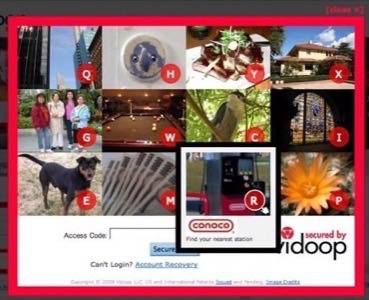Tulsa, Oklahoma based authentication service Vidoop announced today that it has hired Scott Kveton, Chair of the OpenID Foundation, to be the company’s VP of Open Platforms and the Director of the company’s new West Coast office in Portland, Oregon. With the move Kveton ends a short run at the heavily funded and very interesting MyStrands recommendation service, a development that raises some questions about that otherwise strong looking operation.

The addition of Kveton to its staff should push Vidoop into the public consciousness in a big way, concerning OpenID and open platforms.
Kveton is a force to reckon with and an outspoken advocate for Open Platforms. He was a co-founder of the Open Source Lab at OSU, a research facility that’s provided hosting for a long list of Open Source projects ranging from Mozilla to the Linux Kernel. He was also the CEO of JanRain, a leading OpenID vendor, and now chairs the OpenID Foundation.

For readers interested in learning more about OpenID and related data portability matters, Kveton did an excellent interview on Phil Windley’s Technometria last month that will satisfy both the uninitiated and the already involved.
The Vidoop Product
Vidoop is a small shop made up largely of former US Navy cryptographers. They are entirely revenue funded and have a really interesting product. Though there are any number of advanced security features, here’s the basic story.
Vidoop asks users to select a handful of topical categories which are then used to populate images in a square of largely random tiled images. See the example below. If when creating your account with Vidoop you said you like pictures of dogs, birds and board games – then you and only you would know to pick out the letters embedded in the handful of images in a grid presented at login that happen to contain dogs, birds and board games. Some of those images will include advertisements! In other words, Vidoop has found a way to monetize OpenID authentication – and they are doing it live with a handful of major corporate customers already. See the sample below. It’s much easier used than explained, by me at least.
It’s strangely fascinating and I’m not sure how happy I am about the advertisements sneaking their way into my consciousness as I look closely for puppy pictures. That said, we here at RWW have puppy pictures hidden inside our ads on site too (look!) so who am I to criticize?
Readers interested in comparing various OpenID providers should see the vendor comparison chart at SpreadOpenID.org.


















